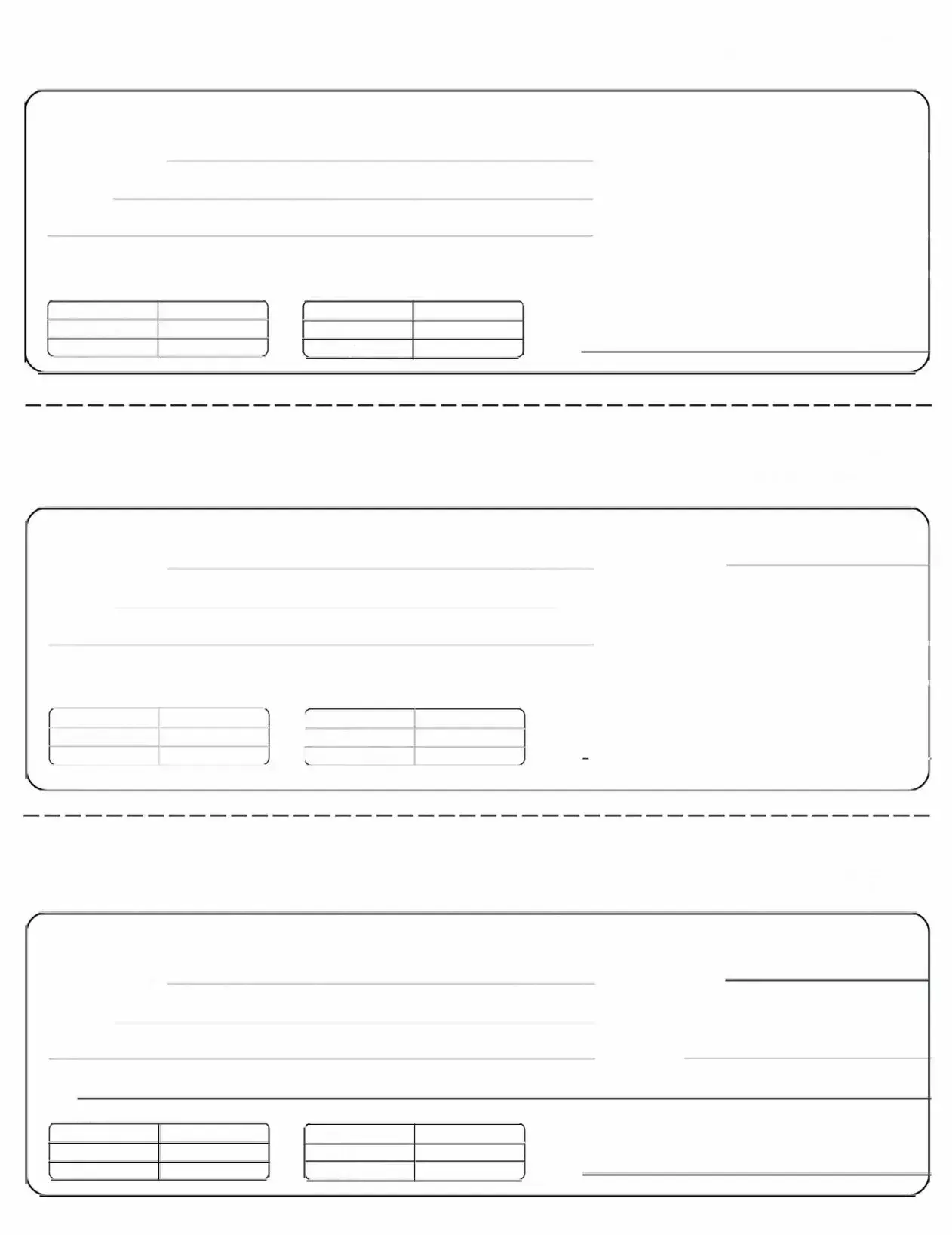What is a Cash Receipt form?
A Cash Receipt form is a document used to acknowledge the receipt of money. Usually, this form captures essential details such as the amount received, the date of the transaction, the source of the payment, and the purpose for which the cash was provided. It serves as a proof of payment for both the payer and the recipient, helping in keeping accurate financial records.
When should I use a Cash Receipt form?
You should use a Cash Receipt form whenever you receive cash payments, regardless of the amount or reason. This can range from sales transactions, service payments, to donations. It's a crucial step in maintaining accurate records, managing cash flow effectively, and ensuring transparency and accountability in financial transactions.
Who should keep a copy of the Cash Receipt form?
Both the payer and the payee should keep a copy of the Cash Receipt form. For the payer, it acts as a proof of payment, which they can use for financial record-keeping or tax purposes. For the payee, it’s a record of the transaction that supports their bookkeeping and financial management practices. Keeping a copy ensures both parties can verify the transaction details in the future if needed.
Is it necessary to include any specific information on a Cash Receipt form?
Yes, certain details are necessary to include on a Cash Receipt form to ensure it is complete and valid. These details typically include the date of the transaction, the amount of cash received, the names of the payer and payee, the reason for the payment, and the form of payment if not cash. Additionally, it's good practice to include a unique receipt number for tracking purposes and a signature of the receiver acknowledging the receipt of the mentioned amount.

